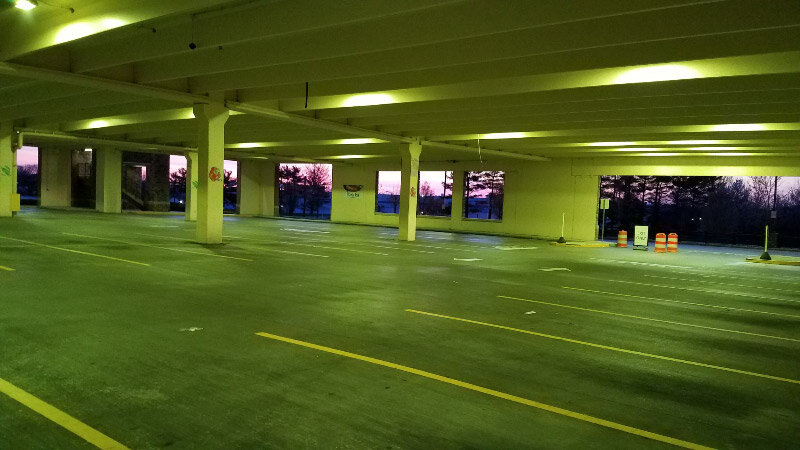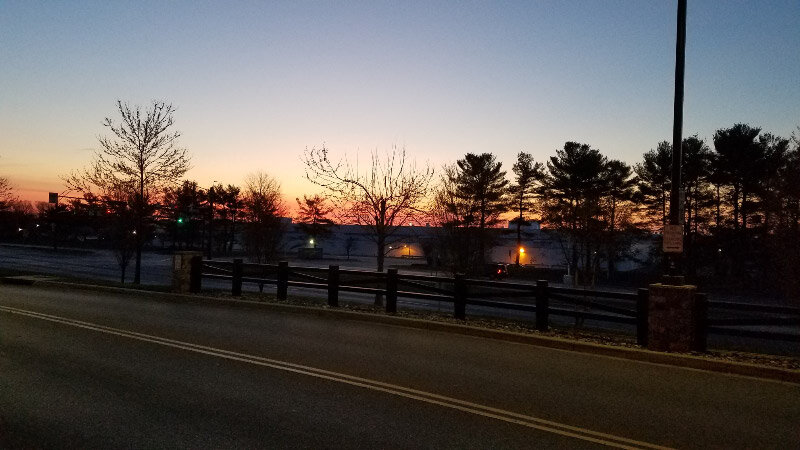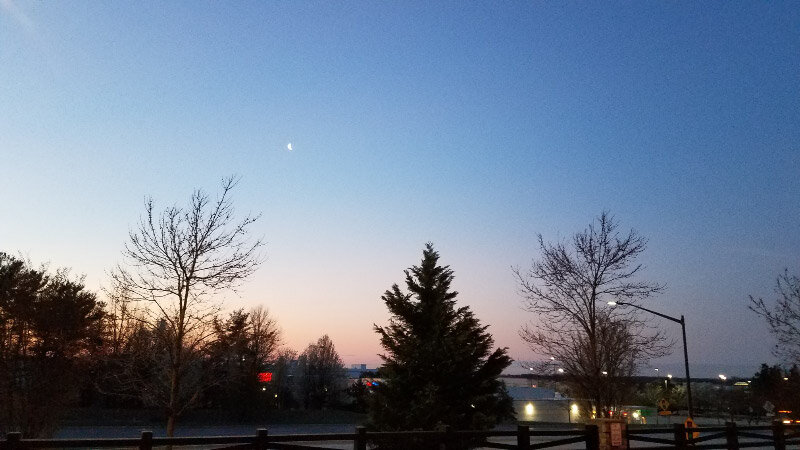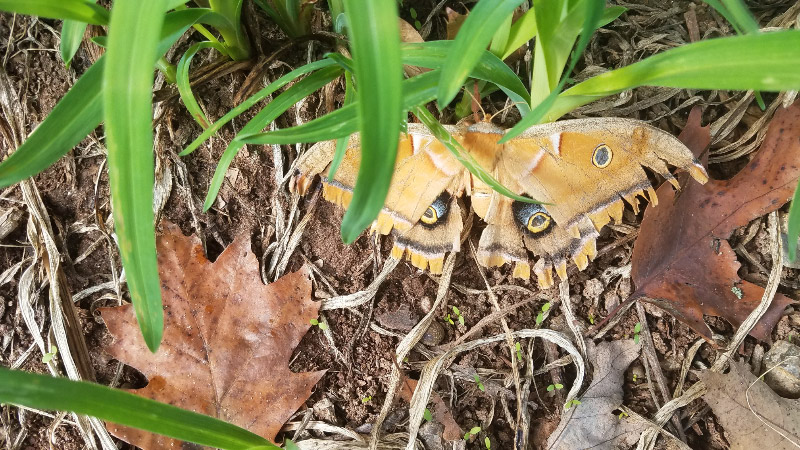Gleanings of the Week Ending August 17, 2024
/The items below were ‘the cream’ of the articles and websites I found this past week. Click on the light green text to look at the article.
Ultrafine particles (UPFs) linked to over 1,000 deaths per year in Canada's two largest cities – Particles smaller than PM2.5 that primarily come from vehicle emissions and industrial activities. The study was done in Montreal and Toronto neighborhoods from 2001 – 2016. The findings associate long-term exposure to UFPs with a 7.3% increase in the risk of non-accidental death. Respiratory deaths saw the highest increase, at 17..4%, followed by a 9.4% rise in deaths from coronary artery disease.
Eureka: Why Was Monet Obsessed with Water Lilies? - From 1890 to 1927, Monet would create more than 250 paintings of the water lilies. He had found his subject and there would be no need for another. Besides, as the artist said in an interview, “the water flowers are only an accompaniment.” The real subject was that fickle, forever fluid thing called light, which Monet said changed every seven minutes in Giverny.
The History and Mystery of Glastonbury – A satellite image from January 2024. A little history lesson too: Before the Somerset Levels were drained and converted into agricultural land in the 18th century, the region was a flooded swamp. Glastonbury Tor towered above the water as an island, drawing attention as a site of worship for pagans and Christians.
95% of Steel-Related Emissions from Vehicles Can Be Cut Using Green Steel - Procuring primary steel without fossil fuels is the strongest possible pathway to reduce steel-related emissions from vehicles – and this could be done at scale in the U.S. by the end of the decade. Collectively, automakers are among the largest buyers in the steel market in both the U.S. and EU. In 2022, the auto industry consumed 26% of the 82 million metric tons of steel produced in the U.S., and 60% of all domestic primary steel. In the same year, 17% of the 136 million metric tons of steel produced in Europe went to the auto industry, and 24% of all domestic primary steel.
Lyme disease is becoming more common. But its symptoms aren't always easy to spot - Lyme, is a disease with arthritis-like symptoms, but symptoms can get more varied if treatment is not prompt. It's a type of bacteria that penetrates every tissue in the body. Lyme disease can also cause facial paralysis, heart problems, severe fatigue and painful pins and needles in hands and feet.
Static Electricity May Help Butterflies and Moths Pick Up Pollen - Previous studies have found that honeybees, bumblebees and hummingbirds could pull pollen from flowers through the air with their electric charges. This study looked at 11 species of butterflies/moths from 5 continents.
Multiple urinary metals play key role in cardiovascular disease and mortality, study finds - When analyzed together, the 6 metal-mixture including cadmium, tungsten, uranium, copper, cobalt, and zinc was associated with a 29 percent increased risk of cardiovascular disease and a 66% increased risk of death over the study follow up of 18 years.
Your nose has its own army of immune cells — here’s how it protects you – The nose and upper airway — which includes the mouth, sinuses and throat but not the windpipe — serve as key training grounds where immune cells ‘memorize’ intruding pathogens. These memories allow the cells to defend against future attacks by similar microorganisms.
A Record-Breaking 17 California Condor Chicks Hatched at the L.A. Zoo This Year – Condors usually only raise one chick at a time…but the LA Zoo has found that they will raise more than one chick…and these chicks survive better than human raised chicks when released into the wild after 1.5 years at the zoo.
How the rising earth in Antarctica will impact future sea level rise - In Antarctica, melting glacial ice means less weight on the bedrock below, allowing it to rise. How the rising earth interacts with the overlying ice sheet to affect sea level rise is not well-studied. Measurements show that the solid earth that forms the base of the Antarctic ice sheet is changing shape surprisingly quickly. The land uplift from reduced ice on the surface is happening in decades, rather than over thousands of years.





































































